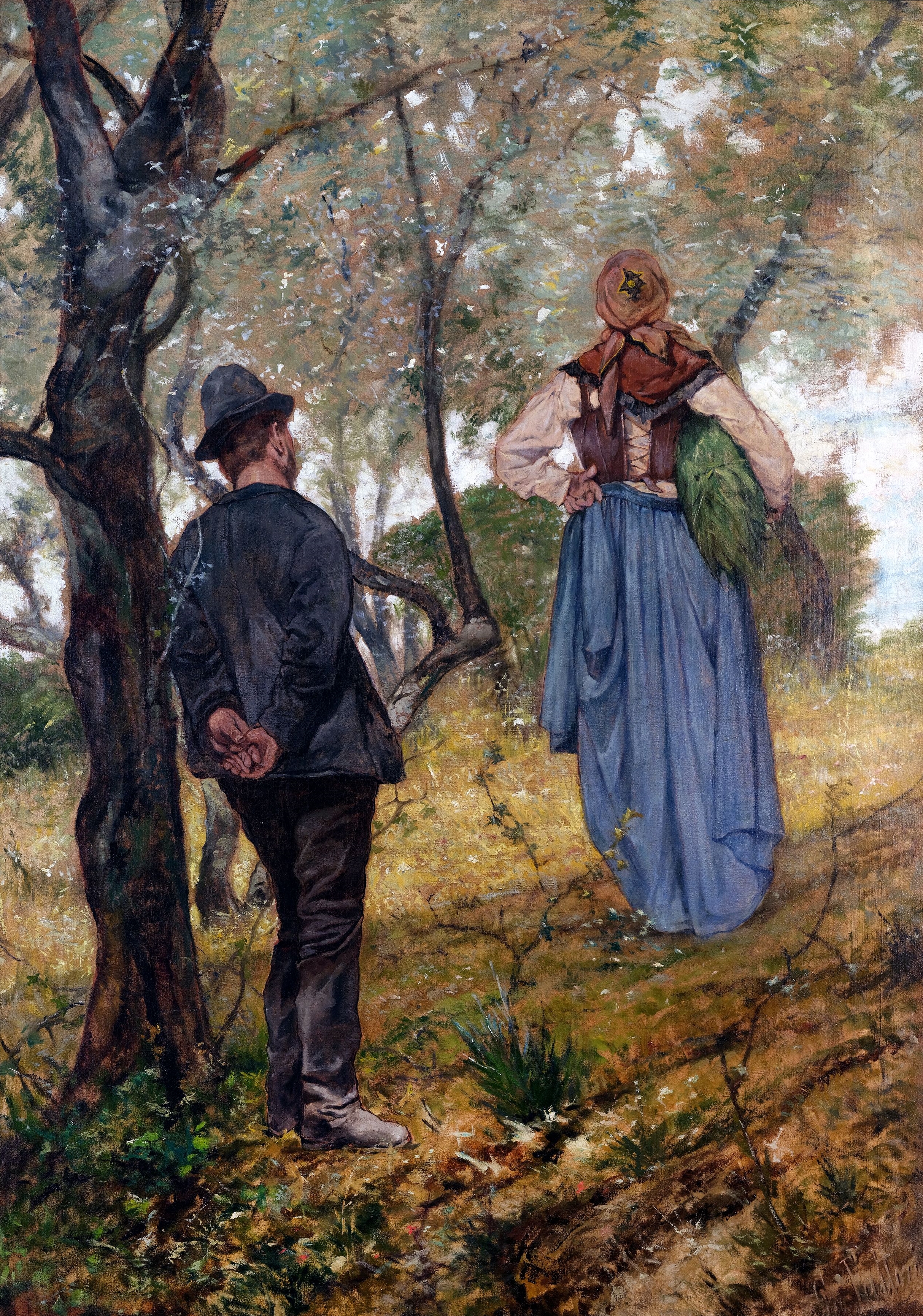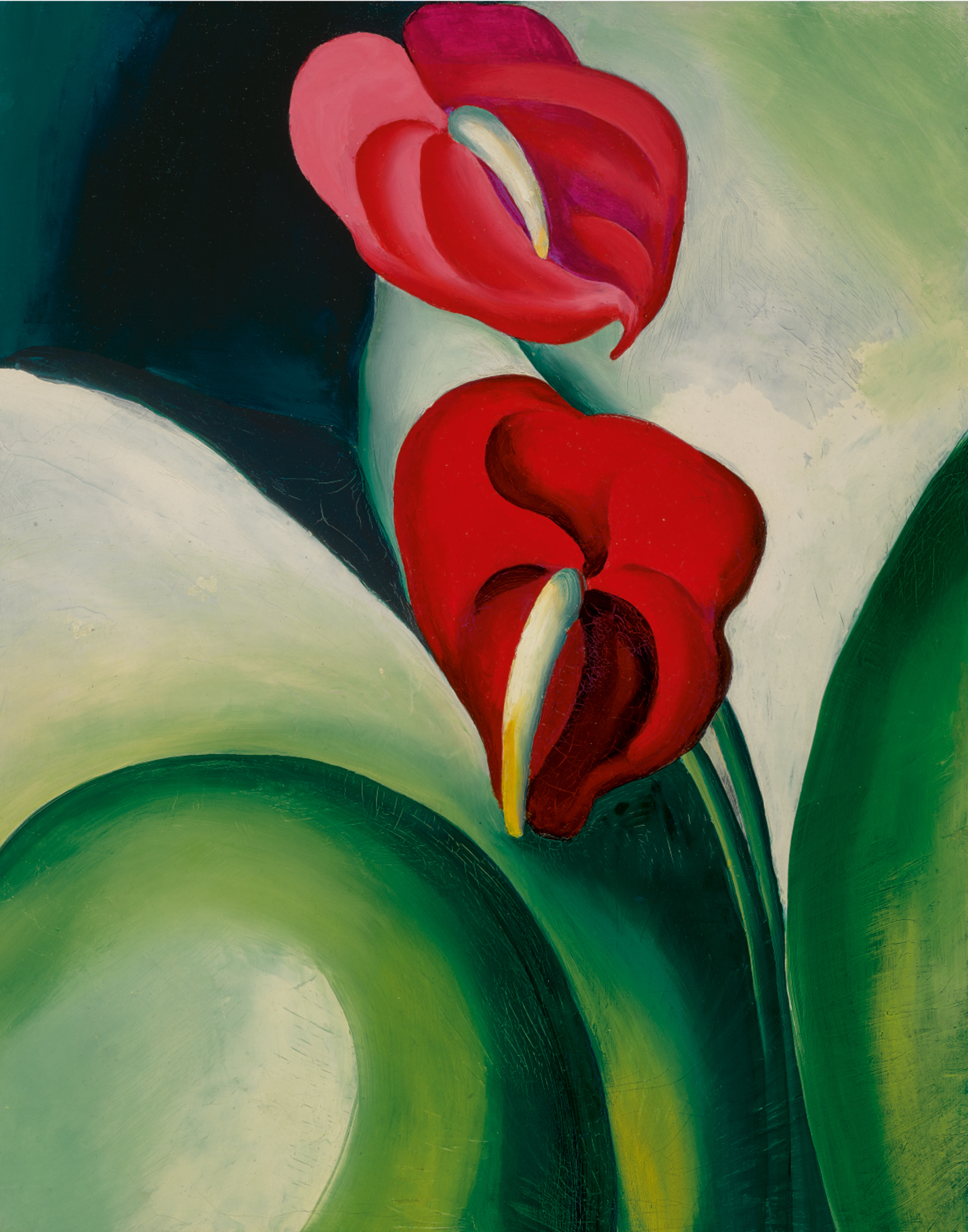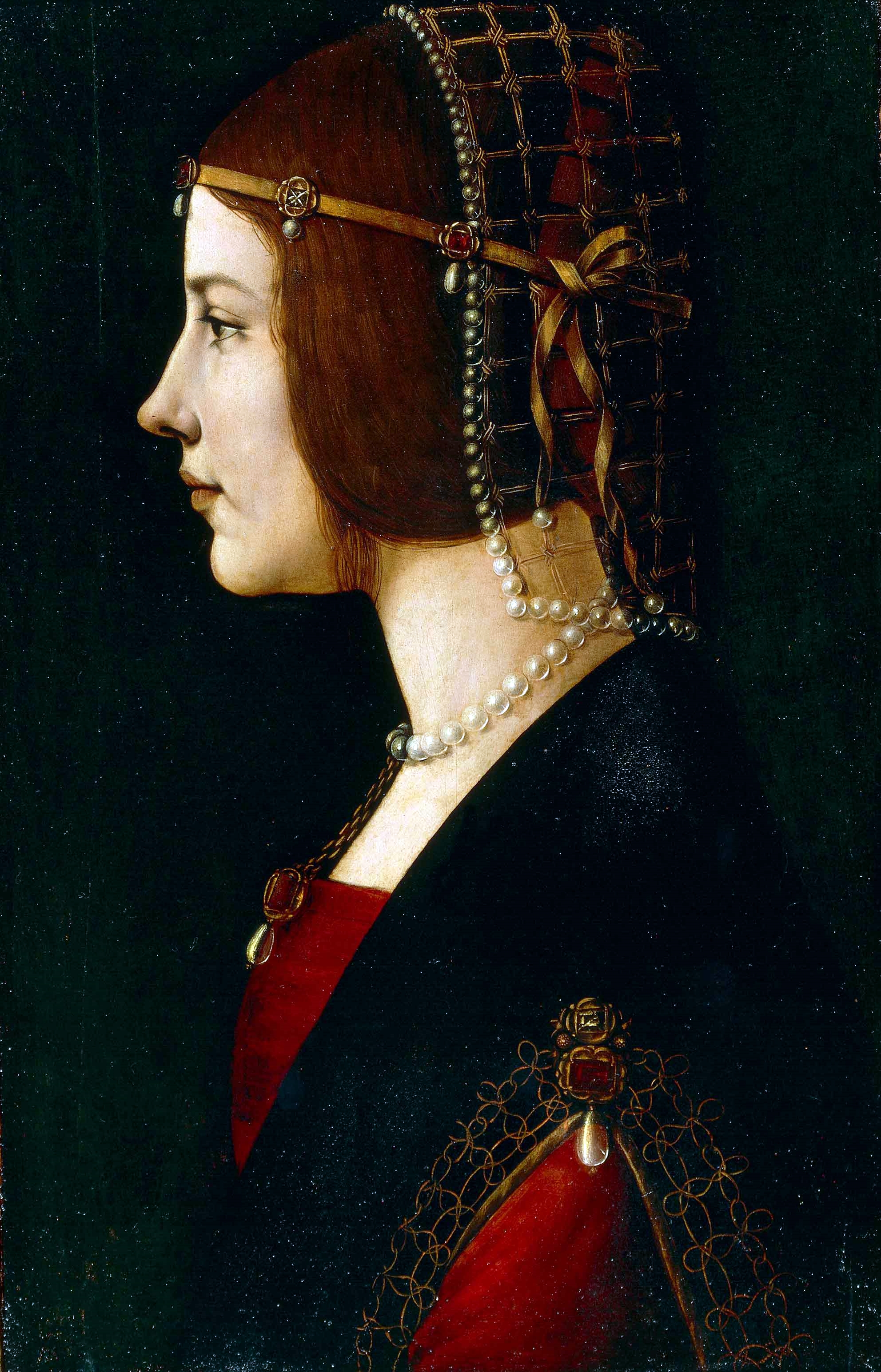Andrea del Sarto - Pittore, nato a Firenze il 6 luglio 1486 da Angiolo di Francesco sarto, donde il cognome assunto insieme con uno stemma di due seste incrociate.
Da Andrea d'Angiolo od Angeli alla latina deriva anche la sigla di due A incrociate, che si trova su varî dipinti di del Sarto, la quale, supposta da G. Cinelli (Bellezze di Firenze, Firenze 1677) composta di A e V, ne avvalorò lungamente la credenza in un casato Vannucchi.
Egli fu posto a sette anni presso un orefice, indi presso un pittore dozzinale, Giovanni o meglio Andrea Barile, che avvedutosi della meravigliosa attitudine di del Sarto per il disegno lo acconciò con Piero di Cosimo, presso il quale rimase varî anni, recandosi le feste alla sala del papa per studiare i celebri cartoni di Leonardo da Vinci e di Michelangelo.







